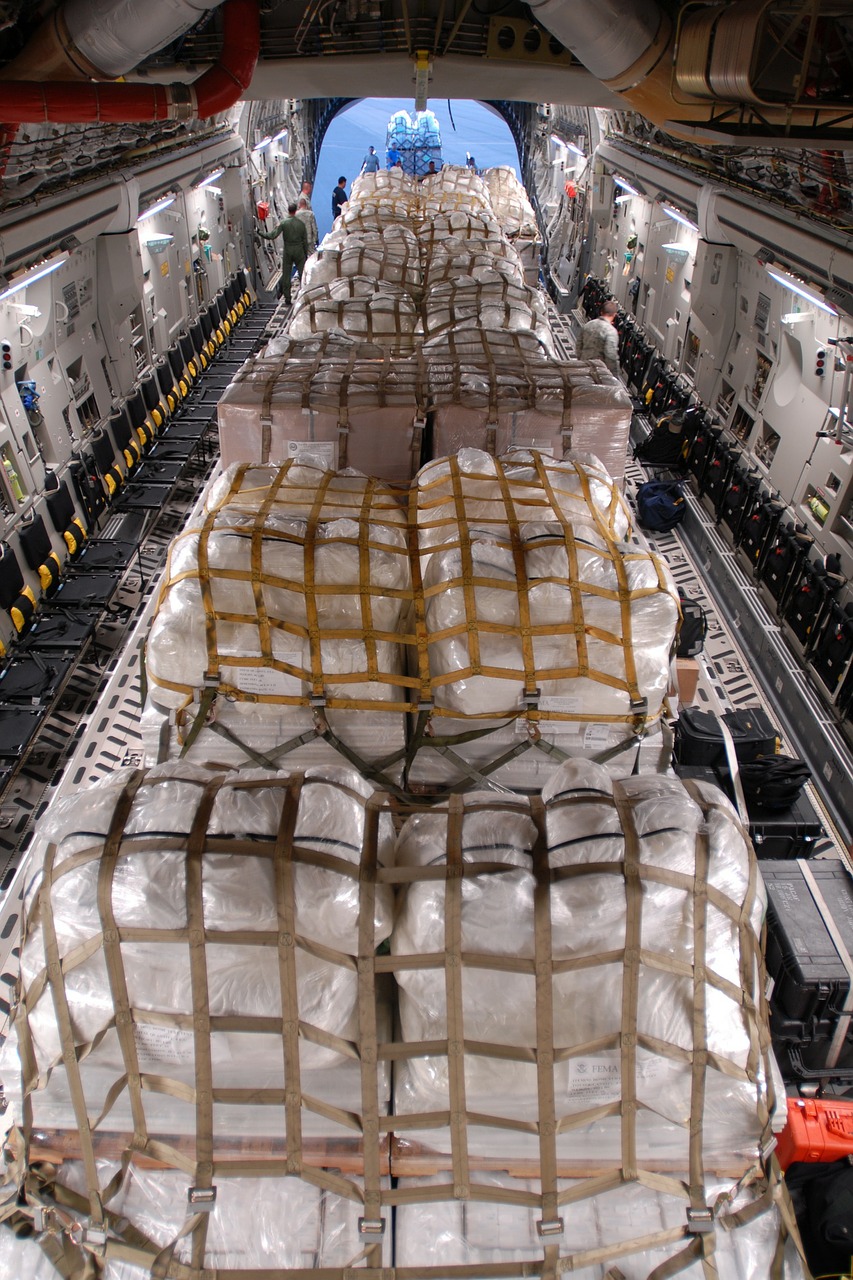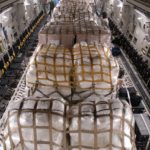Packaging and labeling of military-grade weapons and other systems needs to provide complete protection against pathogens, dust, EM waves, and other penetrating natural or man-made factors. If these aren’t met, the mission is considered compromised as it may cause personnel and monetary losses apart from compromising safety of others in question.

Defence forces use heavy-duty plastics and other materials to protect and transport their arms & ammunition and electronic systems.
Some of these include Barrier Bags, Anti-Static Bags, Military Pouches, and Armoured Crates / Engineered Timber Crates.
This article, in its limited scope, will detail only Barrier Bags due to their wide spread use.
The standard code to identify military grade material is generally MIL-PRF-xx.., where x is alphanumeric.
Barrier Bags
Mylar Bags
These are also called alufoil bags or foil bags. The structure of these bags is a biaxially-oriented polyethylene terephthalate.
Mylar bags exhibit very high tensile strength, chemical and dimensional stability, transparency, reflectivity, gas and aroma barrier properties, and excellent electrical insulation.
A special grade of Mylar is used for packaging defence technologies, while lower grades are used in non-critical industries.
These bags are of a special grade – MIL-DTL-117.
Static Shielding Bags
Static Shielding bags are especially produced to protect electronic components. MIL-PRF-81705 grade Static Shielding bag is designed to handle equipment such as fighter jet circuits, transponders, black box, processors, HUD circuits, etc.
There are various other grades of static shielding bags tailor made for the Army, Navy and Airforce.
Tyvek Barrier Bags
Mylar bag or static shielding bag may be effective in their application, but if they cannot tolerate axial loads such as tearing, the product is considered failed.
Therefore, military personnel also use the heavy-duty Tyvek barrier bags with ESD shielding. Tyvek is made from high-density polyethylene fibers.
Tyvek is water, chemical, puncture and tear resistant. However, it is vapor permeable.
The material’s moisture barrier prevents corrosion while its anti-static properties protect electronic devices from electrocution and overload.
Military Foam
Military foams are produced from compounds such as polyethylene and urethane. They are extremely rigid, non brittle, exhibit high strengths, and are as light as many paper-based packaging materials. They protect pistols, grenade launchers, rocket launchers, electrical systems and other sensitive and critical cargo.
Military foams come in several forms including bulky suitcases. These are especially custom-made as each weapon or defence system has different dimensions and weight, and purpose.


